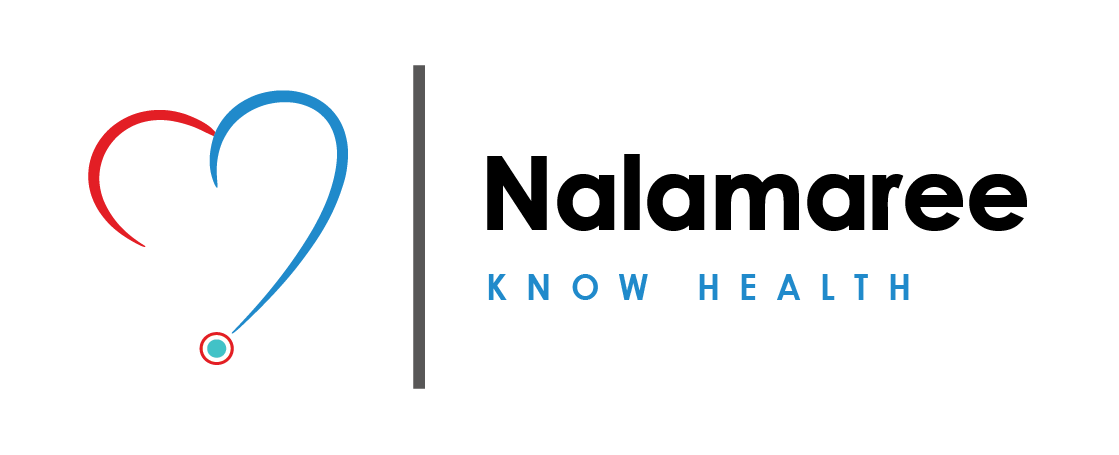Overview
Anemia is
a medical condition characterized by a decrease in the number of red blood
cells (RBCs) or a lower than normal amount of hemoglobin in the blood.
Hemoglobin is a protein in red blood cells that carries oxygen from the lungs
to the rest of the body. Anemia can result in reduced oxygen delivery to
tissues and organs, leading to various symptoms and potential complications.
Causes
Iron-deficiency anemiaVitamin-deficiency anemiaHemolytic anemiaAplastic anemiaSickle cell anemiaChronic diseases: Chronic diseases such as cancer, HIV/AIDS, rheumatoid arthritis, kidney disease.
Symptoms
The
symptoms of anemia can vary depending on its type and severity, but common
signs include:
Fatigue and weaknessShortness of breathPale or sallow skinCold hands and feetHeadacheDizziness or light headednessIrregular heartbeatChest pain
Treatment: Modern Medicine
Iron deficiency anemia: This is treated with
iron supplements and changes to diet.Vitamin deficiency anemias: Folic acid and vitamin
B-12 supplements.Anemia of chronic disease: There's no specific
treatment for this type of anemia. Aplastic anemia: Treatment may include
blood transfusions or a bone marrow transplant.Anemia associate bone marrow:Medication, chemotherapy, or bone marrow transplantation.Hemolytic anemias: Managing or avoiding
the cause of the hemolysis is the main treatment.Pregnancy
Treatment: Traditional Medicine
Iron-Rich Foods Vitamin CBlackstrap MolassesFolate
and Vitamin B12Herbal
Remedies
Caution
Avoiding
Certain Foods and Drinks: such as
coffee, tea, and calcium-rich foods.Untreated anemia can lead to severe fatigue, affecting daily activities.During pregnancy, anemia can impact fetal development and lead to premature delivery.Severe blood loss (e.g., road accidents) can be fatal
Prevention
Iron: Meat, beans, and
fortified cereals can help reduce the risk of iron deficiency.Vitamin B-12: Meat, dairy
products, and fortified cereals are good sources of B12.Folate: This can be found in fruits and fruit juices, nuts,
beans, peas, dairy products, meat, eggs, seafood, and grains.
 Nalamaree Team
Nalamaree Team

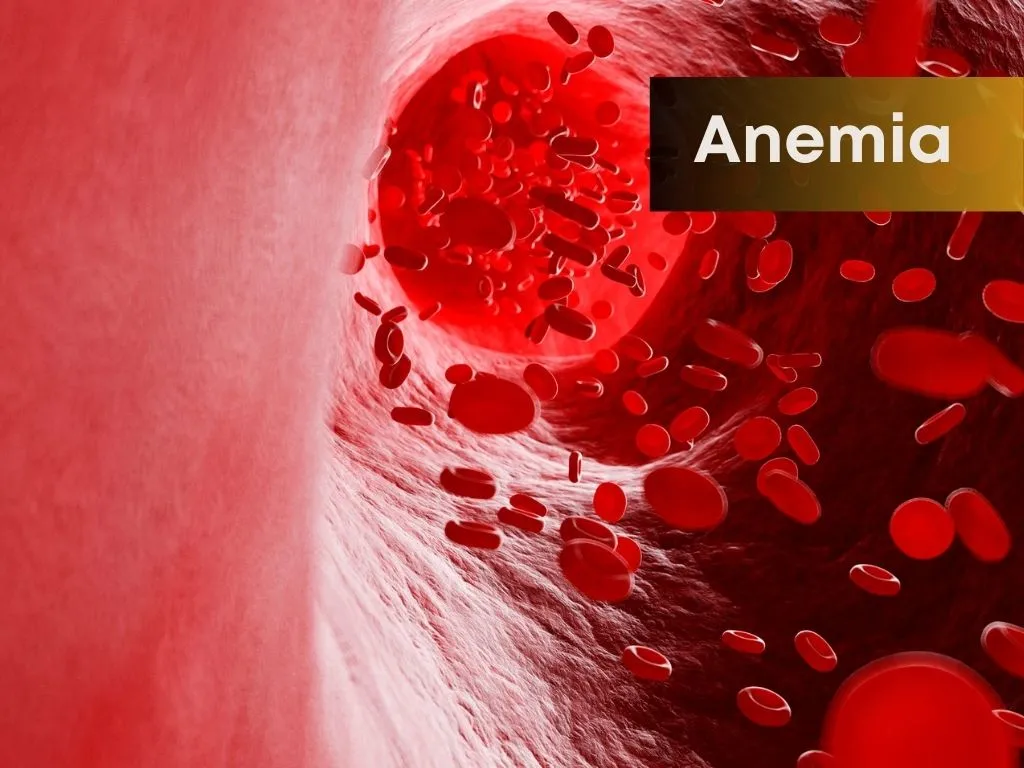
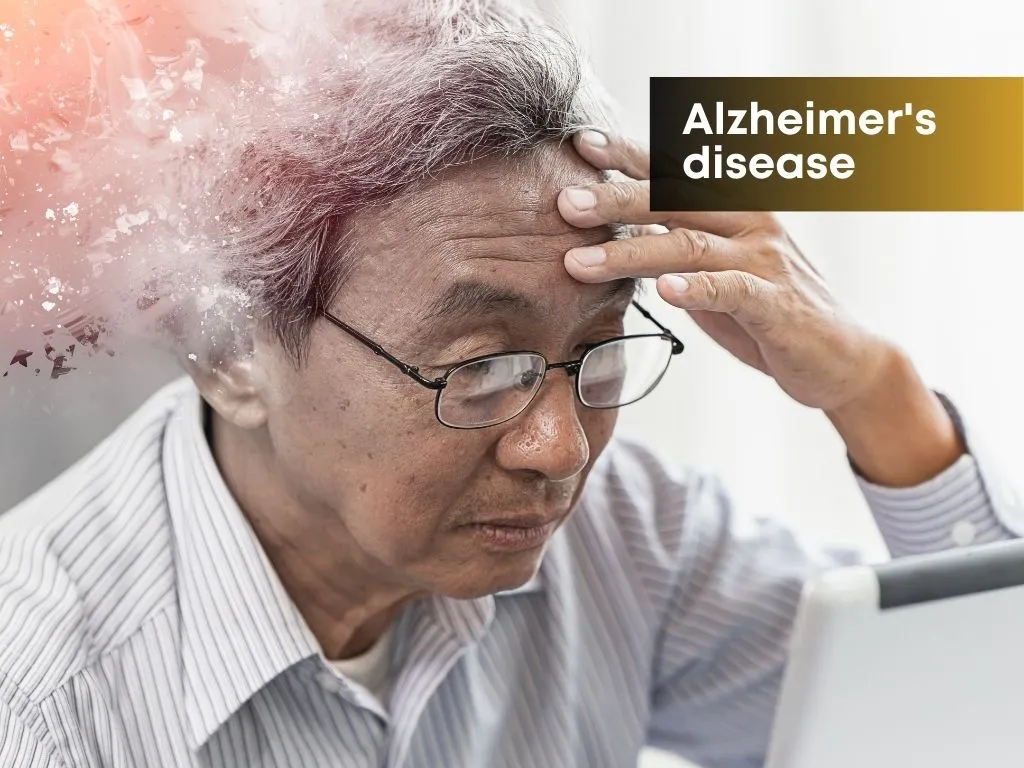
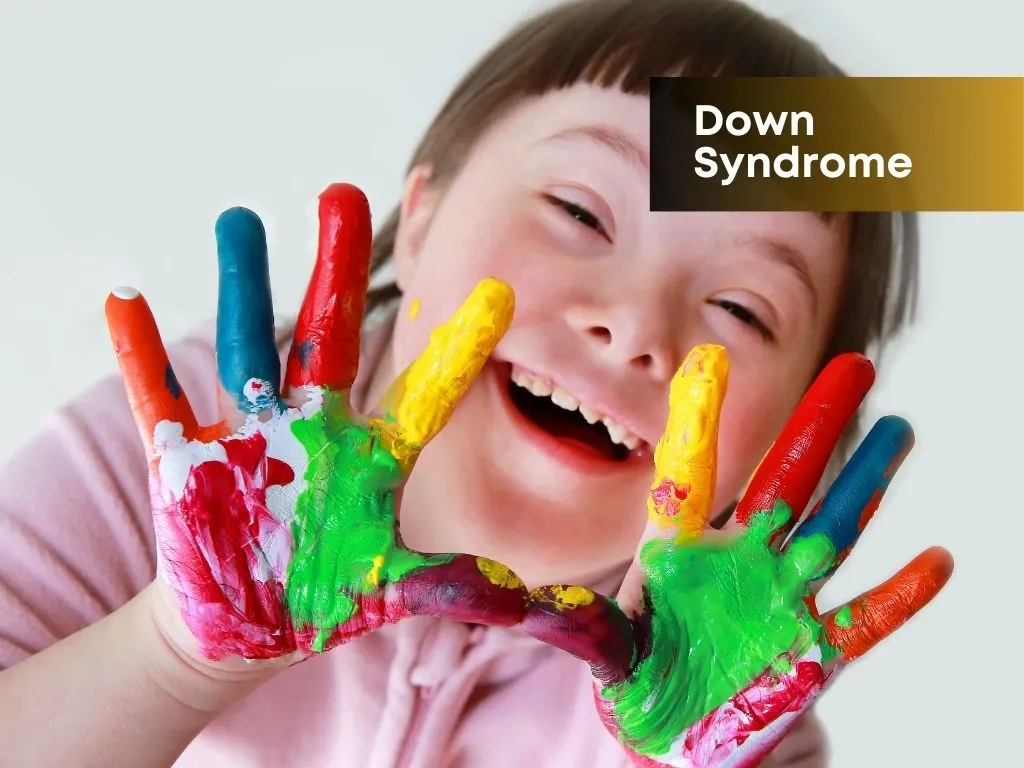
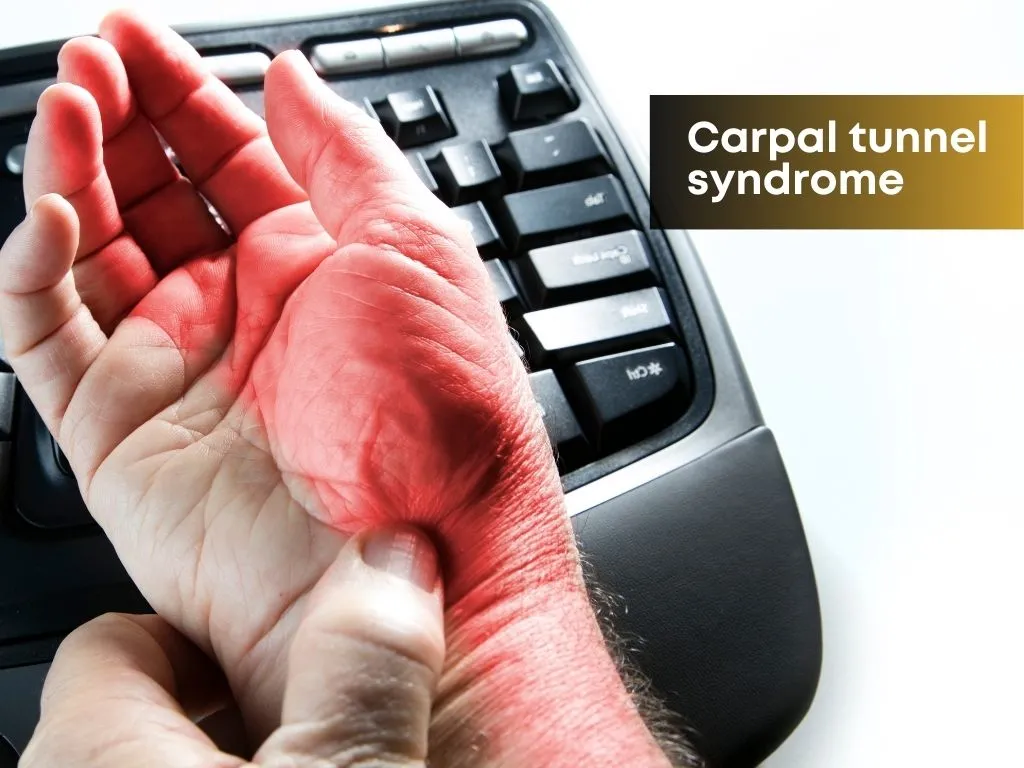


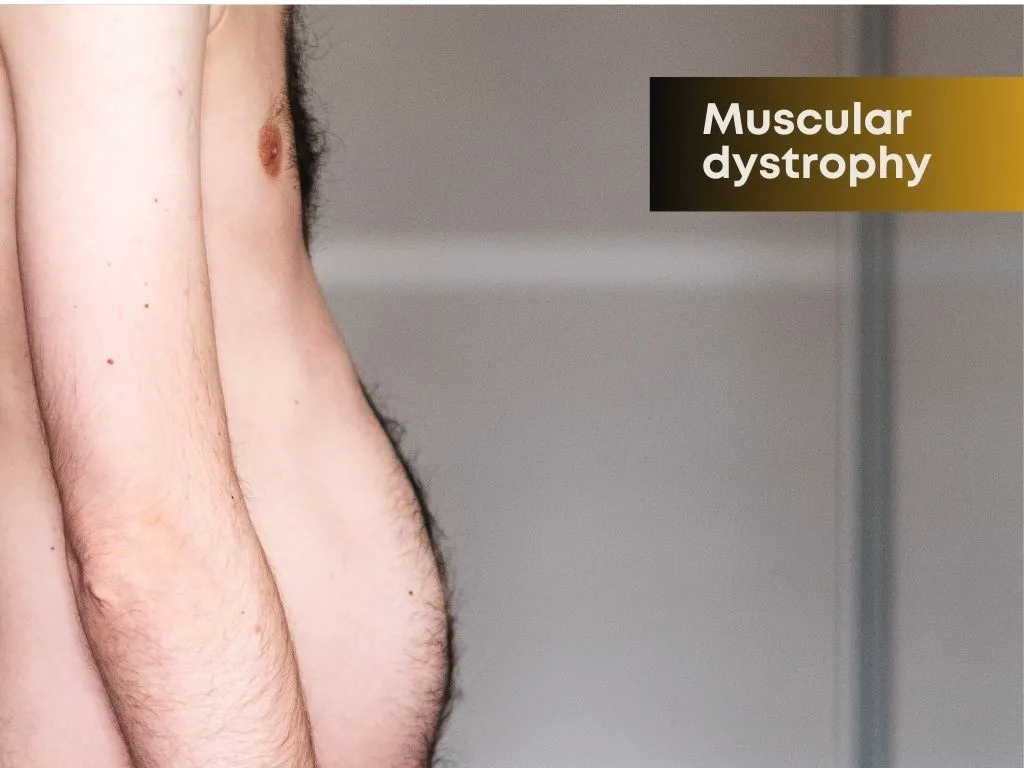

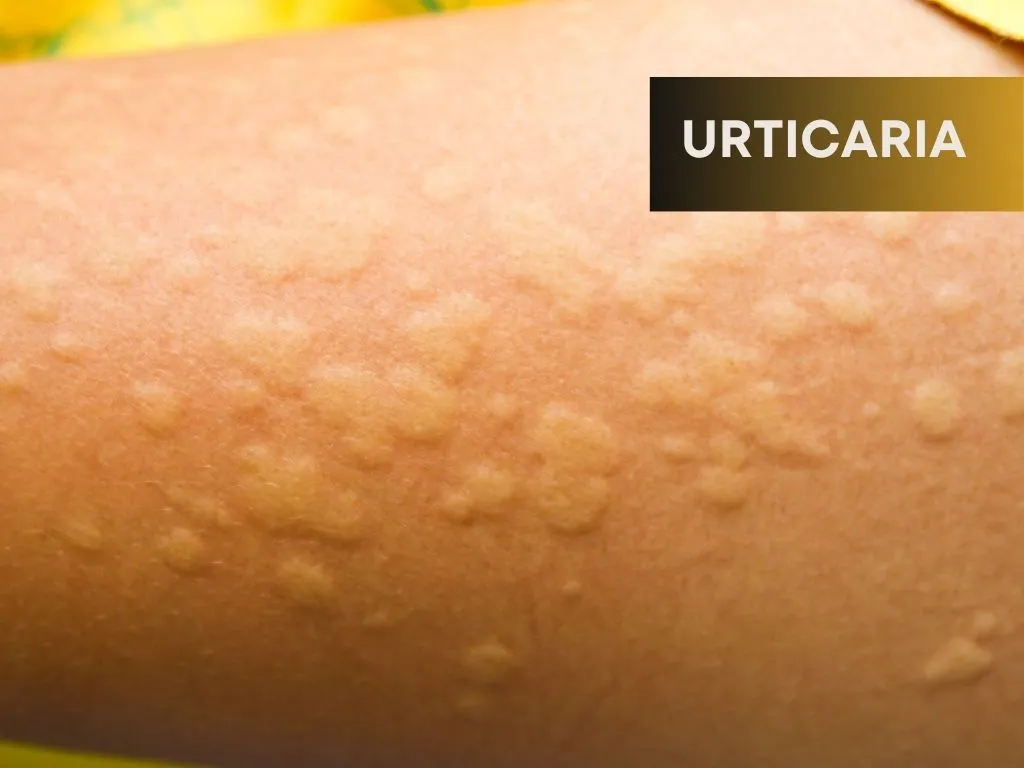
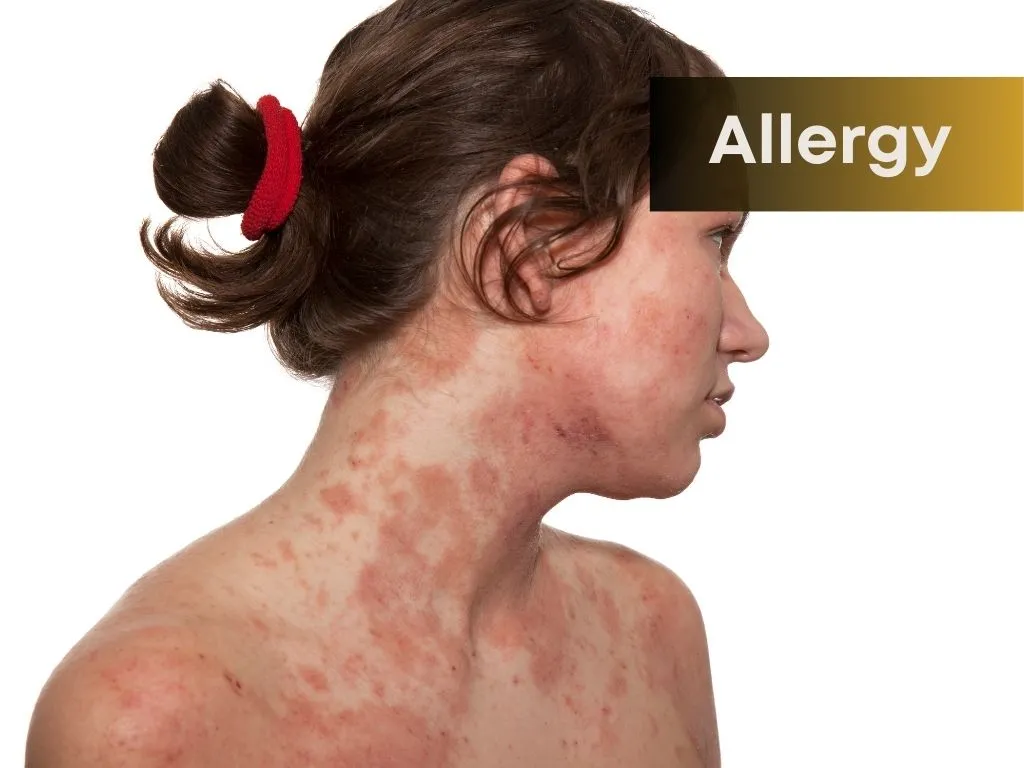


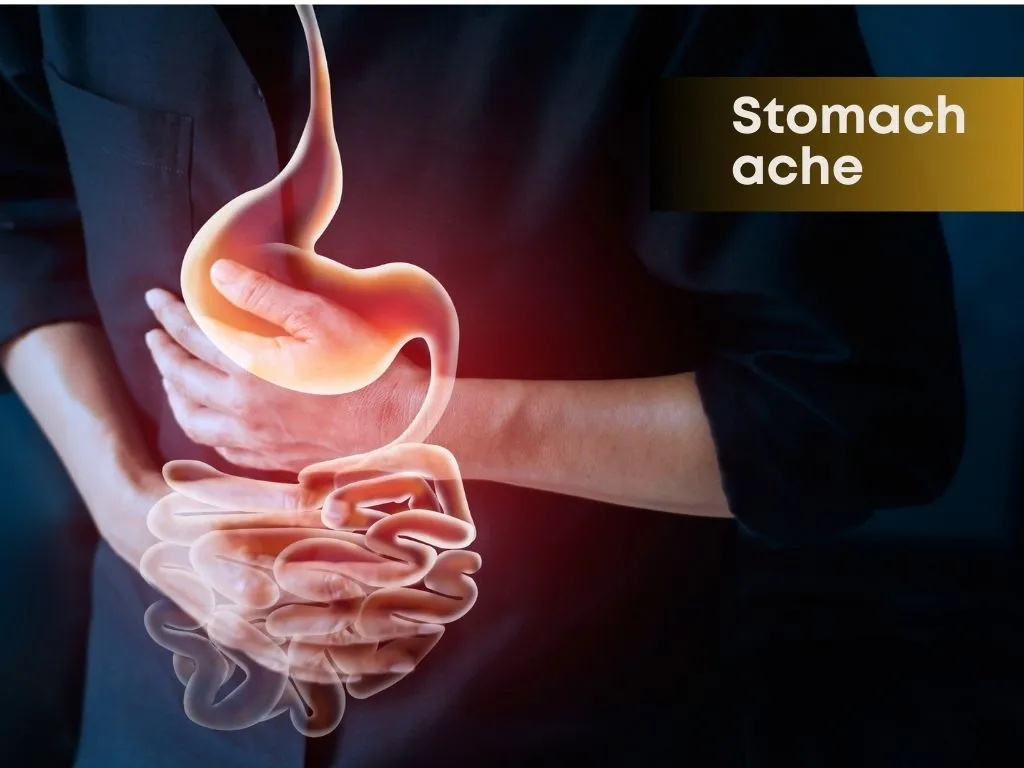

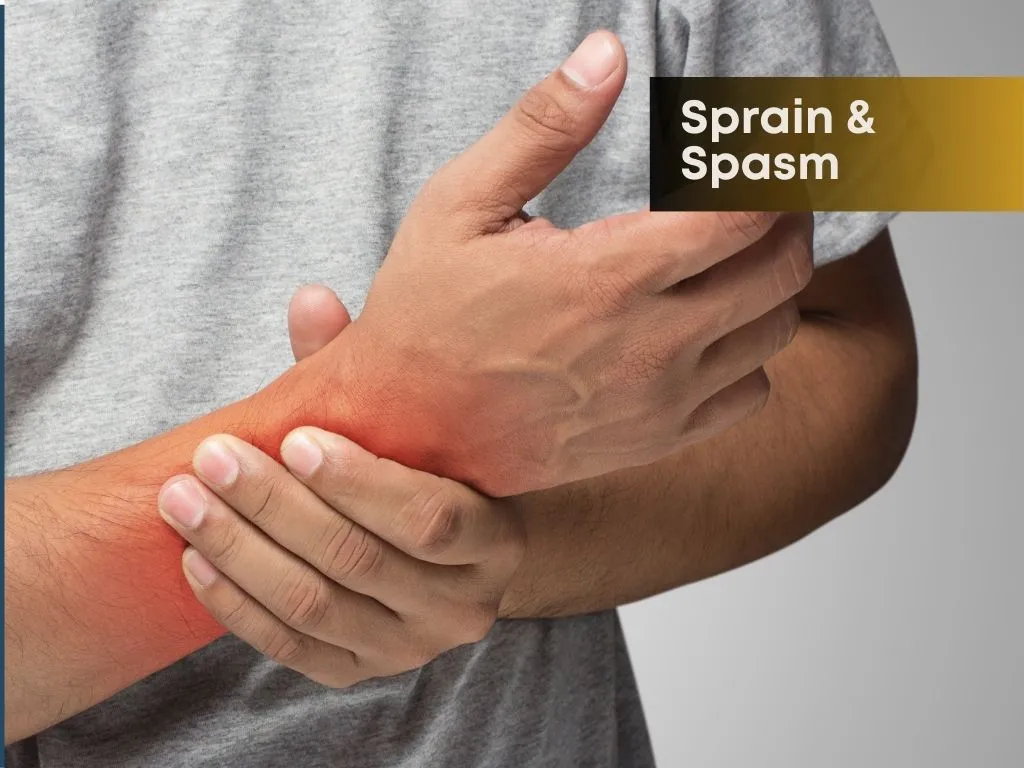

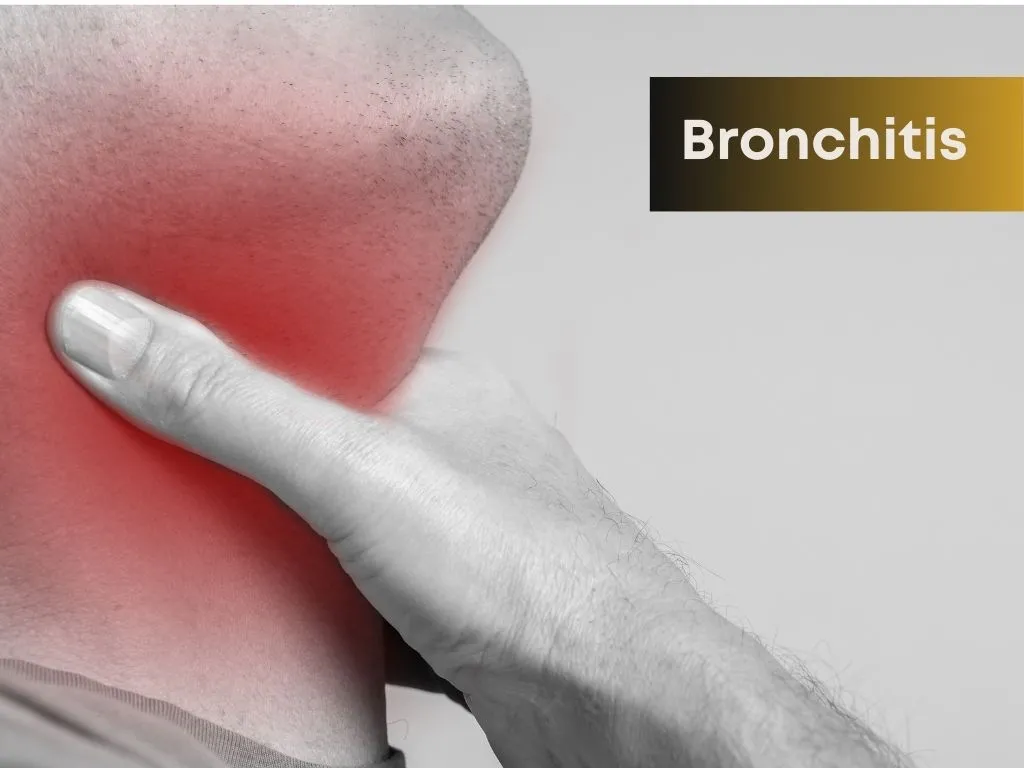
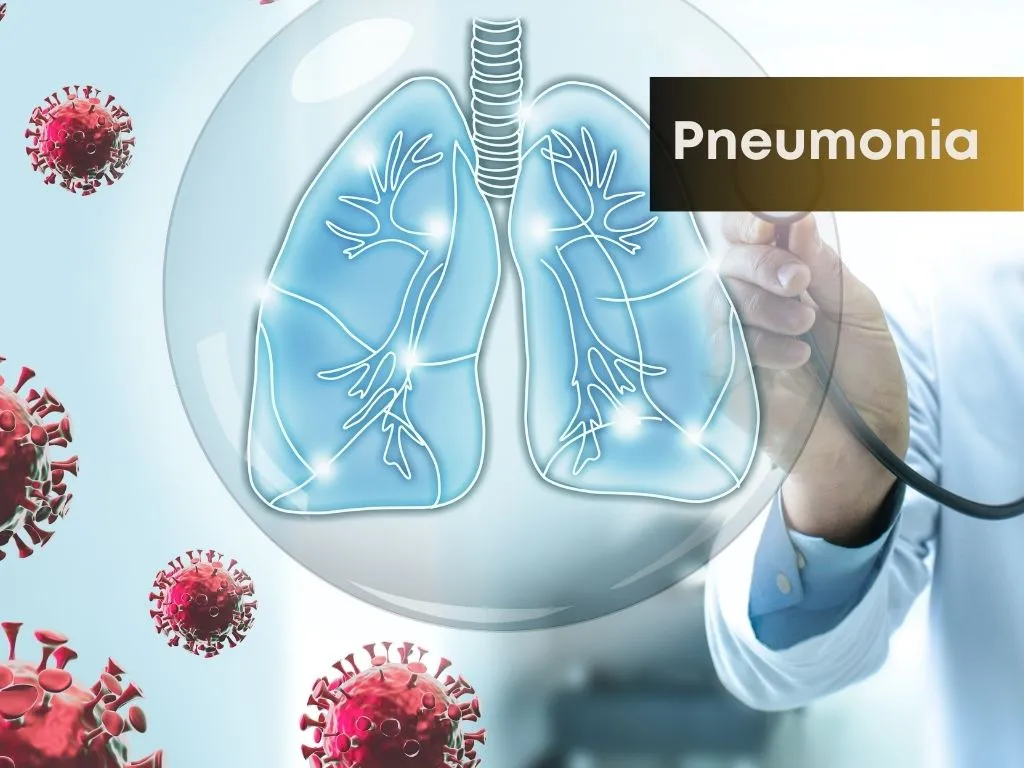

.jpg.webp)
